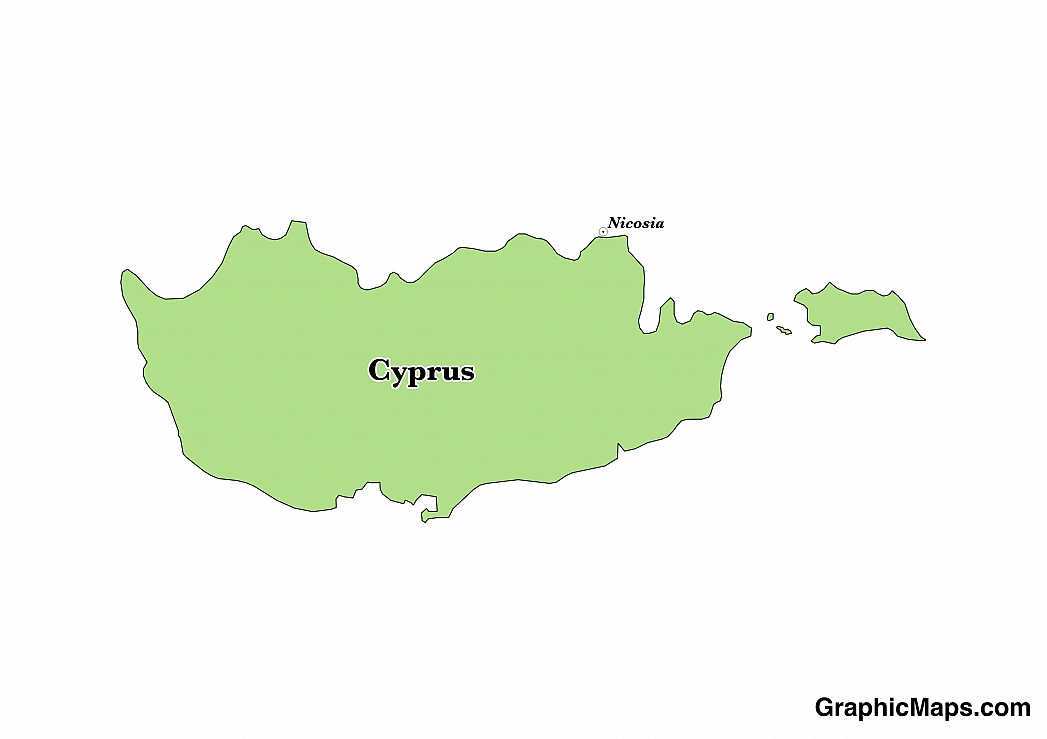The capital of Cyprus is Nicosia, found on the Mesaoria plain. It is also the country’s largest city. With inhabitants dating back to the Bronze Age, it is also the oldest settlement in the country. It became the capital in 1960 when the nation gained independence, and Archbishop Makarios was elected president of the country. The country is currently divided into two: the Republic of Cyprus, which is governed by Greek Cypriots, and Northern Cyprus, also known as the Turkish Republic of Cyprus which is governed by Turkish Cypriots. Both governments have a divided Nicosia as their capital.
After the confrontation between the Greek Cypriots and the Turkish Cypriots broke out in 1963, the country was divided by a buffer zone that runs through the capital, dividing it into Greek quarters to the south and Turkish quarters to the north. The Metropolitan in the South has a population of about 239,227 of which 55,014 are from the urban area. The North has a population of 82,539 with 61,378 inhabitants coming from the urban area.
Thanks to its rich and tumultuous history dating back to the Bronze Age, Nicosia has a lot of tourist attractions. For example, the Venetian walls, which still surround the city, were built in the 16th Century and are regarded as an example of the military defense architecture of the time. One could also take a walk through Laiki Geitonia, a restored neighborhood with buildings from the 18th Century. There are also many museums, like the Cyprus Museum, which is the country’s main museum of archaeology. It preserves the island’s history right from the prehistoric period thanks to the many archaeological digs carried out.
Nicosia’s climate is classified as a sub-tropical semi-arid climate, which means that it gets little precipitation. The summers are long, dry, and hot while the winters are cool and sometimes wet. Average annual temperature is 66.0°F with July being the warmest month with an average temperature of 83.0 0F. January’s average temperature of 50.0 °F makes it the coolest month. On average, Nicosia gets annual precipitation of 14.4 inches. December gets the most precipitation at an average of 3.0 inches while July gets the least with an average precipitation of 0.0 inches.
This page was last modified on May 1st, 2018
More on Graphicmaps

Published on 2019-11-06
What is a Trade Embargo?

Published on 2019-11-04
Which Two Countries Used to Have the Same Flag?

Published on 2019-09-16
What Is the Only Two-Sided State Flag?

Published on 2019-09-16
Which Country Flag Looks Like the Texas Flag?

Published on 2019-08-29
Flags That Resemble the US Flag

Published on 2019-08-20
